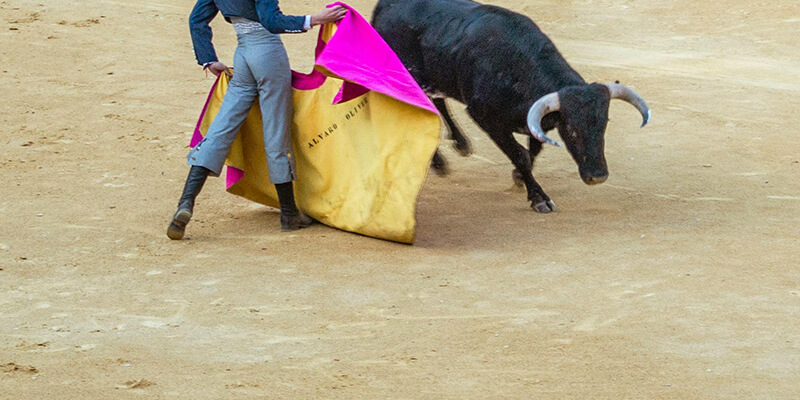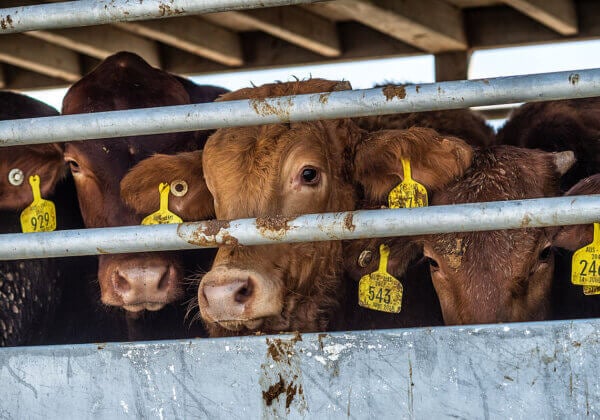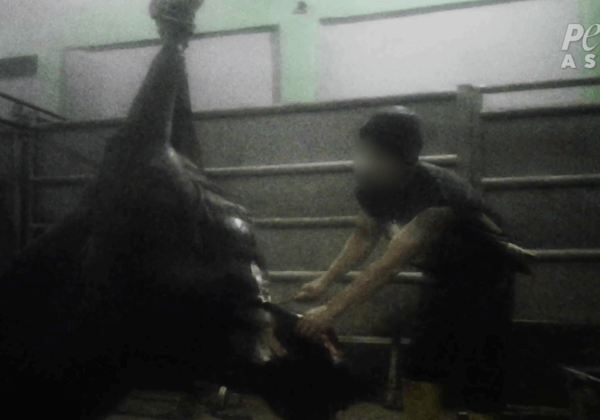6 Steps to Saving Animals Stuck on Glue Traps
The use of glue traps is one of the cruellest methods of rodent control. These deadly devices cause animals prolonged suffering as they frantically attempt to escape, often tearing off their own skin in the process. When animals are caught on a glue trap, they’re often disposed of while still alive on the trap. Many suffocate when their noses and mouths get stuck to the glue, while others chew through their own legs trying to get free and suffer from blood loss. It can take agony-filled days for them to die.
These traps are generally used to catch mice or rats, but any small animals who wander across or land on them – including birds, marsupials, hamsters, and even kittens – can get stuck and die. Check out this video to learn more:
Thankfully, by taking the following steps, you can alleviate this suffering and even prevent it from happening in the first place.
What to Do if You Find a Live Animal Stuck on a Glue Trap
1. Gather supplies.
You’ll need a pair of gloves, a tea towel, some baby oil or cooking oil, some tissues, a damp cloth, and a secure container or shoebox with air vents.

2. Free the animal.
Cover the animal’s head with the tea towel to calm him or her down. Then, wearing the gloves, gently massage a few drops of the oil into the area where the animal is stuck. Continue massaging until you’re able to work the animal free.

Use a minimal amount of oil, as it can interfere with natural waterproofing, reducing the chance of survival following release. Once the animal has been separated from the glue trap, carefully place a tissue over the trap to prevent an animal from becoming stuck to it again.

If you can’t remove the animal from the board or if he or she is lethargic or injured, get to a local RSPCA wildlife hospital or an emergency veterinarian right away.
3. Release the animal.
Use the damp cloth to remove any excess oil, and place the animal inside a secure container or shoebox with air vents. Drape the tea towel over the container to make it dark inside, and place it in a quiet, warm location so the animal can rest for an hour or two. Active and alert animals can be released outdoors during mild weather within a one-block radius of where they were discovered. If the animal was trapped during extreme weather, he or she should be taken to a local.

Other Important Actions to Take
1. Speak out.
If you find that your local supermarket or hardware store is selling glue traps – or that a business or property manager is using them – inform the manager about the suffering that these devices cause. Suggest humane alternatives, and ask your friends and family speak up, too.
Many Aussie retailers – including Bunnings Warehouse, Mitre 10, Kmart, Big W, and Target – have already stopped selling glue traps. If you see a company selling them, please ask it to do the right thing by removing them from shelves immediately.
2. Spread the word.
Share our video on Facebook and Twitter with everyone you know, and ask them to promise never to use glue traps. Explain that mice and rats are capable of a wide variety of emotions and that, much like humans, they form close bonds with loved ones and take care of their families. These intelligent, sensitive animals enjoy playing, wrestling, and sleeping curled up together.
3. Evict rodents humanely.
If a perceived problem with rodents means that they need to be removed from a home or other building, these can be used.





